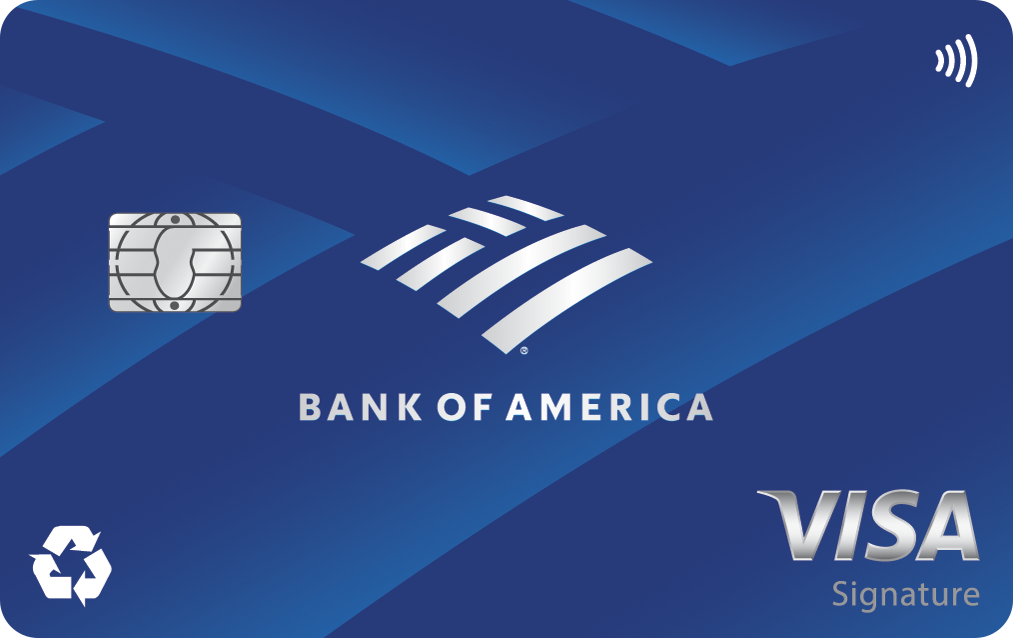This Is the Average American's Personal Loan Payment. How Do You Compare?
KEY POINTS
- The vast majority of personal loans are unsecured, meaning they were issued without collateral.
- The average personal loan debt sits at just over $8,000.
- The lowest interest rates and best terms are typically reserved for highly qualified borrowers.
By the end of June 2023, more than 22 million consumers had an unsecured personal loan. The average debt per borrower stands at just over $8,000. According to CNBC, personal loans have been the fastest-growing debt category over the past 10 years. Here, we dig into why folks borrow money and whether a personal loan is a good idea.
What is a personal loan?
There are two types of personal loans: Secured and unsecured. Unsecured is, by far, the most common. With an unsecured loan, a borrower does not have to put anything of value up as collateral. On the other hand, a secured loan requires collateral, such as artwork, a classic car, undeveloped property, or any other asset that a bank can take possession of and sell if the borrower fails to make payments.
Personal loans are typically funded within days, with the entire amount either deposited in your bank account or handed to you in the form of a check.
The average personal loan debt
As mentioned, the average personal loan debt per borrower is just over $8,000. Personal loans carry a wide range of interest rates, from just shy of 5% to nearly 36%. Lenders reserve the best interest rates for highly qualified borrowers. Subprime borrowers (typically applicants with poor credit histories) pay more to borrow money.
Here's an example of how much more a borrower with a low credit score may pay for a loan:
| Monthly payment | Total interest paid | |
| Borrower A: Excellent credit score. Takes out an $8,000 loan for 48 months with an APR of 6% | $188 | $1,018 |
| Borrower B: Fair to poor credit score. Takes out an $8,000 loan for 48 months with an APR of 25% | $265 | $4,732 |
Why do people take out personal loans?
Consolidating debt is the most common reason people give for taking out a personal loan. Here's how the process works:
- The borrower adds up how much outstanding high-interest debt they have.
- The borrower applies for a loan with a lower interest rate.
- Once the loan is funded, either the lender or the consumer pays off each existing high-interest debt.
- The consumer is left with one loan payment to remember each month, reducing their odds of making a late payment.
- As long as the borrower does not run up any new credit, the personal loan allows them to pay off their previous debt at a faster clip and to pay less in interest.
Aside from consolidation loans, people choose to borrow money for many other reasons. Here are some examples:
- Home improvements
- Major purchase
- Relocation
- Medical expenses
- Car repair
- Vacation
- Wedding
Is a personal loan a good idea?
Before taking out a personal loan, it's a good idea for consumers to ask themselves if a loan payment fits into their monthly budget and whether it leaves them in better financial shape than they were before.
Sam
Let's say friends ask Sam to join them on an island-hopping vacation. Sam doesn't have the money, but his credit is strong enough to qualify for a personal loan with an APR of 15%. Sam borrows $5,000 with a term of 36 months. His monthly loan payment is $173, and he pays $1,240 in interest.
Before taking on the loan, Sam must decide whether he can afford an extra $173 monthly obligation. Sam shouldn't take the lender's word for it but must realistically determine whether the new payment is affordable. He must also consider whether he can continue making payments if he loses his job or runs into another significant bump in the road.
For Sam, the answer could go either way.
Chris
Chris is also considering a personal loan. However, he wants to use the funds to pay off high-interest credit card debt. He currently owes $15,000, with an average APR of 17%. As long as Chris continues to make a monthly payment of $363, it will take him another five years and three months (63 months) to pay the cards off in full. By the time Chris has the cards paid off, he has paid $7,720 in interest.
Here's what happens if Chris takes out a personal loan to pay off existing high-interest debt. Let's assume Chris has a strong credit score and snags an APR of 8%. He makes a monthly payment of $350, and due to the lower interest rate, Chris pays the loan off in 51 months rather than 63. In addition, Chris pays a total of $2,724 in interest.
Taking on a personal loan to eliminate high-interest debt saves Chris $4,996 in interest. Chris can now decide if he wants to use the savings to fund an emergency savings account or plump up his retirement savings.
A personal loan can be an excellent option if it will save you money in the long run. If a personal loan results from an emotional decision (like deciding to give your daughter the Barbie-themed wedding she's always dreamed of), it may cost you more than you anticipate.
Before applying for a loan, imposing a 24-hour cool-down period is best. Use that time to check your monthly budget, determine how much you'll pay to borrow the money, and decide if you want to be saddled with monthly payments long after an event is over and done with.
Our Research Expert
We're firm believers in the Golden Rule, which is why editorial opinions are ours alone and have not been previously reviewed, approved, or endorsed by included advertisers. Motley Fool Money does not cover all offers on the market. Motley Fool Money is 100% owned and operated by The Motley Fool. Our knowledgeable team of personal finance editors and analysts are employed by The Motley Fool and held to the same set of publishing standards and editorial integrity while maintaining professional separation from the analysts and editors on other Motley Fool brands. Terms may apply to offers listed on this page.



